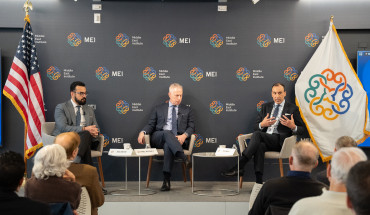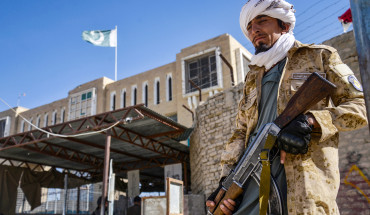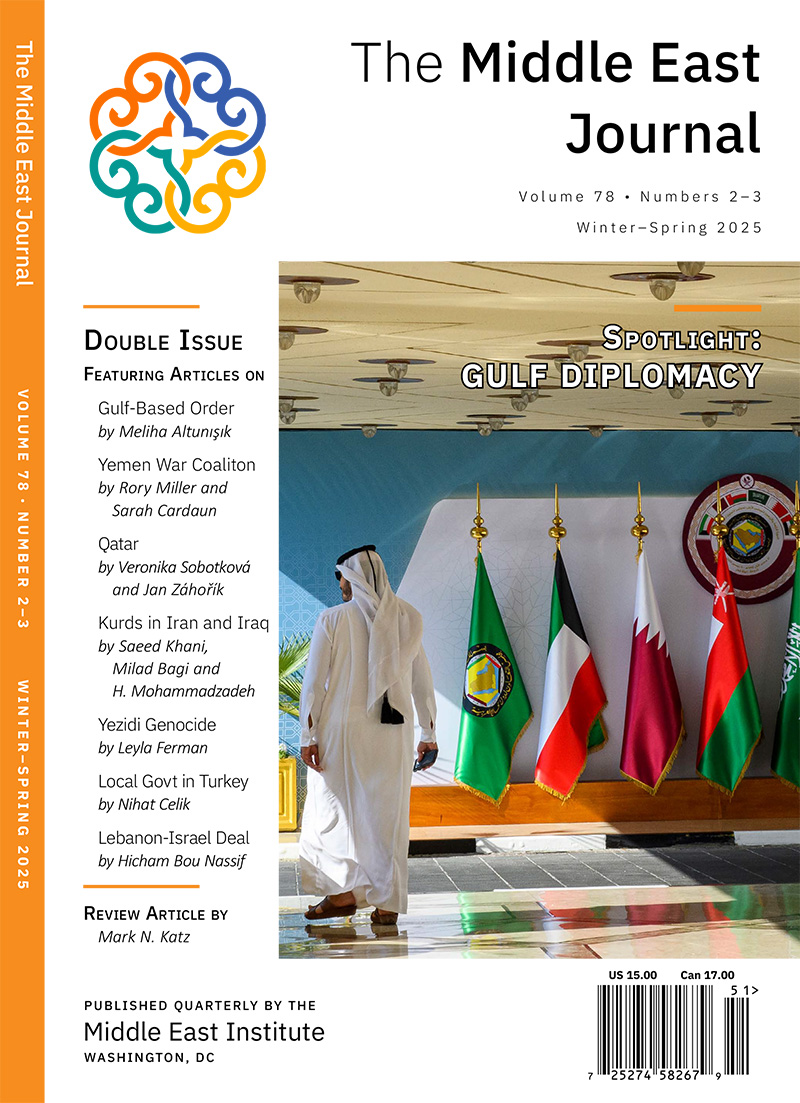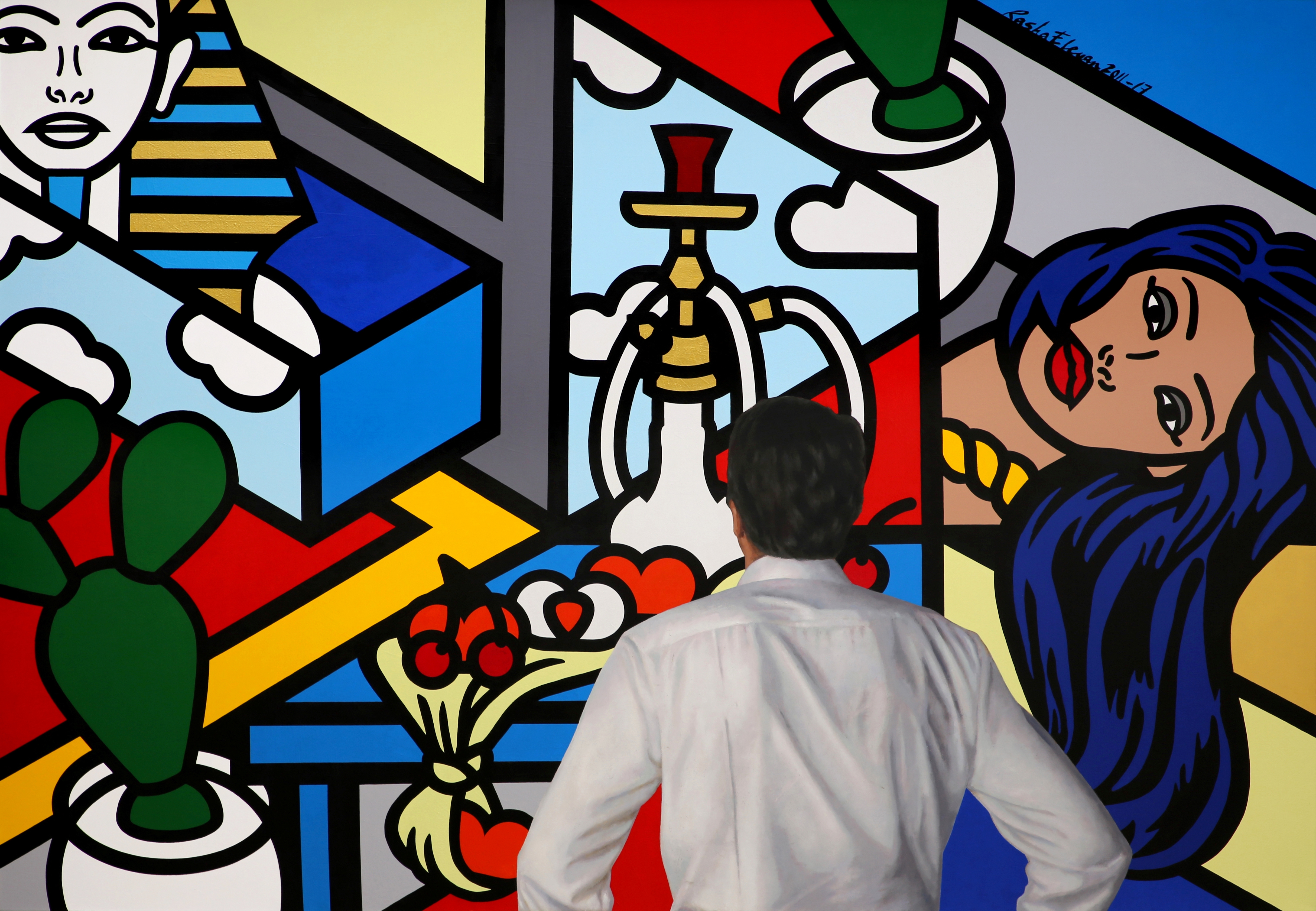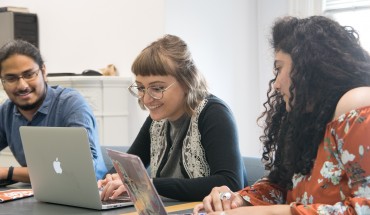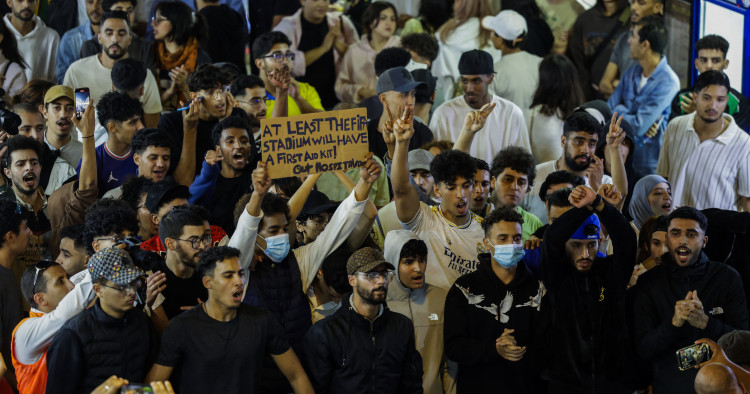Hundreds of young Moroccans are protesting across 11 cities since September 27 under the banner “GenZ 212,” demanding action on failing healthcare and education systems. While largely peaceful, the protests in several cities have devolved into rioting and destruction of public and private property, whereas the death of three rioters, viral videos of police beatings, and over 400 arrests are further galvanizing protesters. But beyond the cycle of riots and the harsh police crackdown, the central trigger behind the demonstrations has been a deep popular frustration with Morocco’s persistent inability to deliver on its development plans and promises. This sort of broad disaffection will be challenging for the government to address quickly and credibly.
Structural difficulties
That healthcare and education are the focus of the youth protesters is unsurprising. Morocco’s healthcare system faces severe personnel shortages, underpaid doctors, inadequate infrastructure, and insufficient equipment. In 2024, thousands of medical students and recent graduates protested for months, highlighting a problem that reflects decades of underinvestment and will require years of spending and system reforms to improve the way care is financed and delivered.
Education reform tells a similar story. Rural areas lack sufficient school infrastructure, forcing young students to travel long distances. Teachers routinely protest inadequate compensation and a contractual system that threatens benefits. Over the past two years, 30% of the teaching force was on strike, affecting schools for weeks or months. Building schools in rural areas, recruiting and retaining qualified teachers, and improving educational outcomes are multi-year challenges. Teacher strikes reflect genuine grievances about compensation and working conditions but addressing them requires fiscal resources Morocco struggles to muster. Furthermore, these needs do not exist in a vacuum, and the government must balance against competing priorities — earthquake reconstruction, food security, industrialization plans, debt obligations, and rising energy costs.
Job creation depends on sustained economic growth, which Morocco has also struggled to achieve. The country’s industrialization plans are well conceived, but implementation faces real constraints: limited resources, global economic headwinds, and the patience necessary to build competitive industries. Creating quality jobs for young Moroccans is not only a matter of political will. It requires a far more robust private sector than currently exists. Another prerequisite for future job growth is integration into global supply chains, which Morocco has worked over the past decade to initiate. And it demands structural economic shifts from a rural-based economic model to an industry- and knowledge-based one, which Morocco has been attempting to achieve — but even in the best scenario, this type of reform takes years or even decades.
This creates a genuine dilemma for any government. The protesters’ demands will require sustained investment over long timelines before results become visible. But political pressure demands visible progress now — or at least a government plan that the demonstrators out in the streets will find credible.
Why now
These problems are not new, so why are protests spiraling now? First, it is worth noting that popular protests in Morocco are not unusual. Demonstrations in support of Palestinians have been taking place throughout the country since the start of Israel’s Gaza war in 2023. However, previous events, like the 2024 medical student demonstrations, have tended to be organized by industry, making government action to correct the issue (like raising wages for a particular unionized group) more feasible. The rallies taking place currently are more decentralized. Moreover, after managing the COVID-19 crisis relatively well, the public appears to have lost any remaining post-pandemic patience. The government has until now successfully argued that Morocco weathered the 2019-20 coronavirus outbreak better than many countries and needed time for economic recovery. That grace period may be ending. In fairness, though, Morocco has faced additional setbacks, including global inflation, high energy costs, and a devastating September 2023 earthquake near Marrakesh. Unfulfilled economic development plans were likely lost to higher-priority, shorter-term necessities. Additionally, inflation has made frustration acute. The rising costs of food, in particular, as well as housing and transportation, turn abstract concerns about healthcare and education into a chronic apprehension about the affordability of essential goods. All of this both validates some of the protesters’ anger but also demonstrates the extent of the government’s own continued difficulties.
Finally, the looming royal succession creates separate anxiety and uncertainty. King Mohammed VI has been preparing Crown Prince Moulay Hassan to be the next king, but little is known about the prince’s policy priorities. With the current sovereign’s human development promises unfulfilled, for protesters, waiting passively for an unknown future feels less rational than demanding change now.
Industrialization without human development
Morocco’s development paradox is such that industrialization efforts have been the focus of the government while human development lags. Morocco has successfully attracted investment in automotive manufacturing, aerospace, renewable energy, and national infrastructure. Tanger Med has become a major Mediterranean port hub. The country built Africa’s first high-speed rail line. Industrial exports have grown. By conventional metrics, Morocco’s progress is impressive.
But this growth has yet to deliver what young Moroccans are asking for: accessible healthcare, quality education, and attainable jobs. The automotive sector exports its products to Europe but creates relatively few jobs, given its capital intensity and high level of automation. Aerospace manufacturing likewise requires specialization the education system does not readily provide. Infrastructural projects are visible achievements but do not directly improve timely access to doctors or properly equip schools.
As a latecomer to industrialization, Morocco is pursuing modern, capital-intensive, and limited development that does not offer the fast industrialization with high job proliferation that transformed other countries decades ago. New manufacturing is automated and requires specialized skills. Morocco has invested in technical and vocational training to meet those needs, but those industries require relatively fewer jobs. Meanwhile, the broader education system struggles to provide quality general instruction that would enable adaptability and continued learning and growth. The result is unemployment among youth while industries report difficulty finding qualified mid-level workers and managers. Moroccan schools and universities fail on both fronts: they neither offer a strong academic foundation nor align with the needs of today’s job market. This reflects inadequate coordination between industrial development and education policy compounded by the reality that successful industrialization alone cannot absorb Morocco’s young workforce. Further complicating the problem, industrial development is clustered around a few cities — Casablanca, Rabat, Tangier — while rural areas and smaller cities see limited direct benefits.
The new development model and limited economic growth
Most critically, economic growth has not generated revenue at the level needed to adequately fund social services. Tax collection faces persistent challenges, the informal economy stays large, and growth benefits flow to specific sectors without translating into efficient public services. The outcome is an economy that attracts investments in select industries while public services remain underfunded. New free economic zones and automated factories rise while hospitals and schools lack infrastructure and staff.
This helps explain why the 2021 development model assumed growth rates of 6% of GDP Morocco could not sustain. The plan needed growth that simultaneously generated tax revenue, created accessible jobs, funded social services, and spread benefits geographically. For Morocco, the challenge is magnified by several mistakes of the authorities: pro-industrialization policies that were expected to generate many manufacturing jobs but failed to take into account present trends in rapid automation, the development of industries that serve European markets rather than those that take into consideration the needs and resources of the country, and a failure to coordinate industrial policy and systematic educational reforms while also improving public services.
Credibility gap
When young Moroccans see the construction of new stadiums for the 2030 World Cup (which Morocco is co-hosting with Spain and Portugal,) high-speed rail, and factories they cannot access, the frustration hardens. The World Cup infrastructure has become symbolic of a broader pattern. The government argues, not unreasonably, that these projects create jobs during the construction phase, boost tourism, and showcase Morocco’s capabilities. But to the youth who have poured into the streets, this ignores the dysfunctional hospitals and crumbling schools in their neighborhoods. The king and his government have their work cut out for them to address the protests in a credible way.
Intissar Fakir is a Senior Fellow at the Middle East Institute.
Photo by ABDEL MAJID BZIOUAT/AFP via Getty Images
The Middle East Institute (MEI) is an independent, non-partisan, non-for-profit, educational organization. It does not engage in advocacy and its scholars’ opinions are their own. MEI welcomes financial donations, but retains sole editorial control over its work and its publications reflect only the authors’ views. For a listing of MEI donors, please click here.






